Different ways of preserving food have been a hot topic for many years amongst farmers, homesteaders, preppers, and generally anyone who buys food in bulk. There are many well-known, tried and tested methods of keeping excess food fresh for longer, including dry canning and vacuum sealing.
Dry canning and vacuum sealing are two accepted methods of preserving surplus produce for later consumption and for an extended shelf-life. Dry canning is better for storing dry goods like flours and pasta, while vacuum sealing is better for preserving fresh produce like fresh meat and vegetables.
Food preservation is a way of storing fresh food to prolong its shelf-life without compromising the texture, quality, color, and nutritional value of the food. Many different preserving techniques are used to keep the food edible and to prevent it from spoiling. Let’s discuss vacuum sealing and dry canning as two possibilities you can explore.
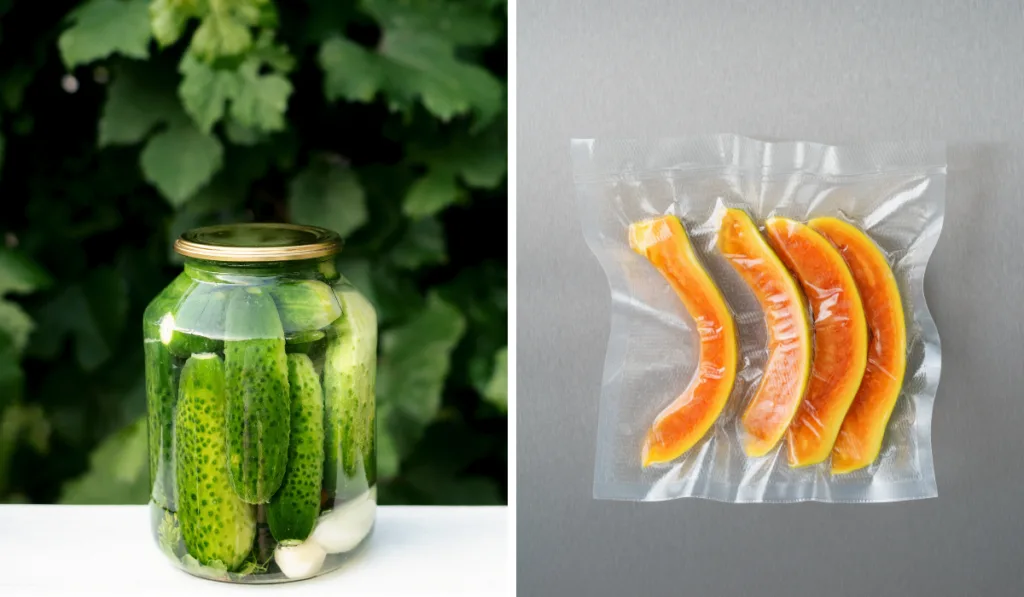
Table of Contents
Dry Canning And Vacuum Sealing Compared
Dry canning and vacuum sealing are both accepted methods of preserving surplus food. Both methods can be used for preserving a variety of dry and fresh foods. Although often confused as the same kind of preserving method, dry canning and vacuum sealing each have completely different ways of processing and preserving food.
There are certain foods that are not suitable for either the dry canning or vacuum-sealed preserving method, so do your research first on which foods can be stored using which method.
We have put together a comparison of the two preserving methods to see which one has the best outcomes as well as the pros and cons of using each method.
Dry Canning Uses And Application
Dry canning is not really canning at all. Dry goods are placed into glass jars or cans, which are then placed into the oven to heat at 200 degrees Fahrenheit – hot enough to create a sterile environment.
Why would you dry out foods in the oven that are already dry? To kill any eggs and larva of bugs that may have traveled with your dry foods to your home.

This is particularly true when storing flours and grains, as bugs can already be living in these items when you purchase them, and you do not want bugs to be preserved for later use!
Meat, poultry, dairy products, and vegetables can be canned using high pressure and high heat to kill the bacteria and sterilize the food completely. For canning pickled fruits and vegetables, the filled jars are placed in boiling water to sterilize the food.
If your jar is sealed correctly, your canned produce can be stored for many years without fear of spoiling. Produce preserved using this method can be stored in your pantry or your root cellar until you need it.
Vacuum Sealing Uses And Application
Vacuum sealing is a quick way to preserve your surplus foods – from dry goods, fresh meat, fresh or dried fruit and vegetables, and cooked food, most foods can be preserved to retain their goodness.
Vacuum sealing does not sterilize the food; instead, it removes air from the food to prolong the shelf-life. Food is placed inside a sealing bag, and the air is sucked out using a vacuum sealing machine, removing all the oxygen from the bag.
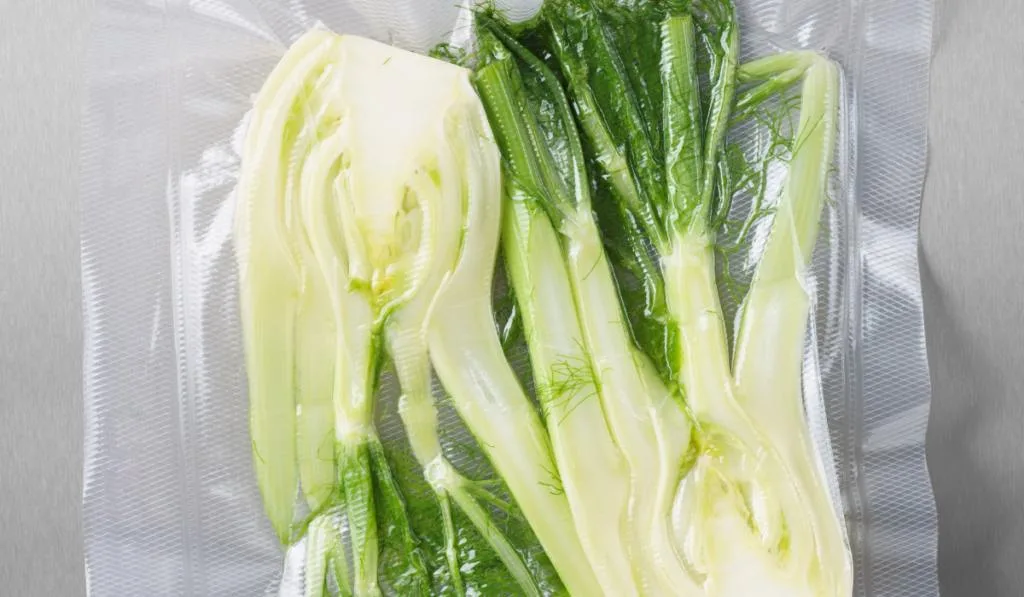
Some vacuum-sealed food would need to be frozen or refrigerated as the food still contains active microorganisms which can contaminate the sealed food.
The purpose of vacuum sealing fresh or cooked food is to slow down the spoiling process while retaining the quality and freshness of the food inside the sealed bag.
Dry food like pasta and crackers, dried spices, and packet meals can be vacuum sealed and stored on your pantry shelf to keep fresh for later use.
Which Method Should I Use?
Each method of preserving surplus food comes with its own pros and cons. We have listed some of them so that you can decide on which method would best suit you and your household.
Dry Canning Pros
Pros of the dry canning food preserving method:
- Most dry goods can be canned – beans, rice, flour grains, pasta cereal, sugar, etc
- Large quantities can be stored in larger jars
- Jars and cans can be re-used and recycled, reducing the costs of purchasing new containers
- Freezer space not necessary as you store produce on the shelf in your pantry or root cellar
- Prevents bugs from living and breeding in your food and contaminating your produce
- Protection from rodents as they cannot chew through glass or cans
- No power source required to keep preserved foods fresh
Dry Canning Cons
Cons of the dry canning food preserving method:
- Foods high in oils such as nuts, cornmeal, seeds, and barley cannot be dry stored.
- Risk of jars breaking while in the oven and contaminating the produce in the jar
- Risk of botulism, as with any canned foods
- Not recommended for storing fresh meat and cooked foods as the flavor, texture, and smell will change over time
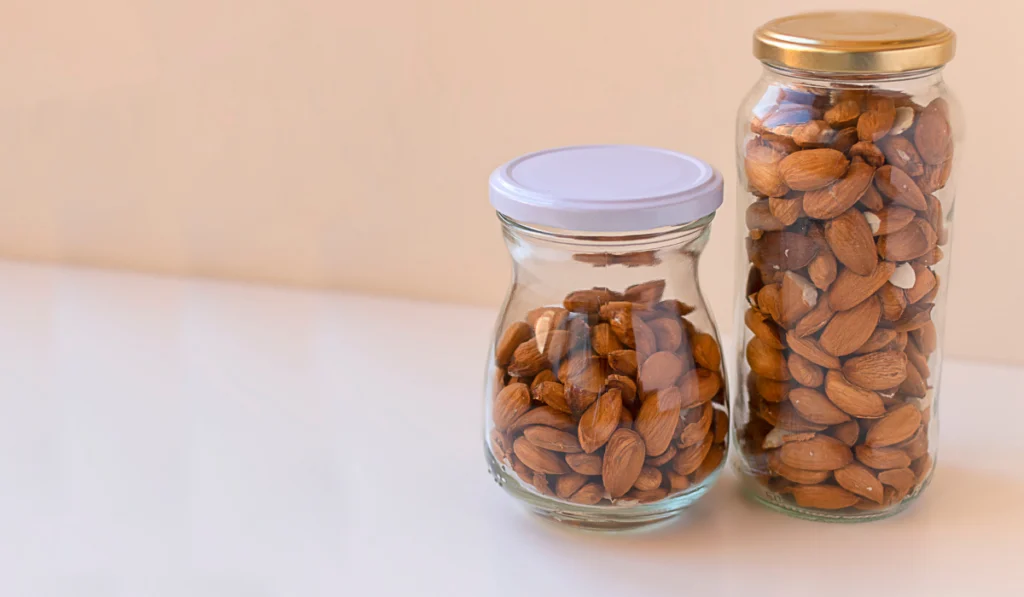
Vacuum Sealing Pros
Pros of the vacuum sealing food preserving method:
- Extended shelf-life of produce when stored in the freezer and refrigerator
- Preserve and extend the shelf-life of surplus goods bought in bulk
- Preserve and extend the shelf-life of surplus home-grown produce
- Fresh produce will last longer due to the lack of oxygen in the vacuum-sealed bag
- Can be stored in usable quantities for one or two or more servings at a time
- Cooked foods can be vacuum sealed and frozen for long periods of time
- Raw meat products can be stored in the freezer without spoiling
- Preserve crackers, biscuits, and dry goods for longer in the pantry on the shelf
Vacuum Sealing Cons
Cons of the vacuum sealing food preserving method:
- A good quality vacuum sealer machine is expensive
- The sealing bags and materials are costly
- Occasionally liquids can be sucked up and out of the bag, causing the bag to not seal properly
- If fresh produce is to be stored in the refrigerator or freezer, a power source is always needed
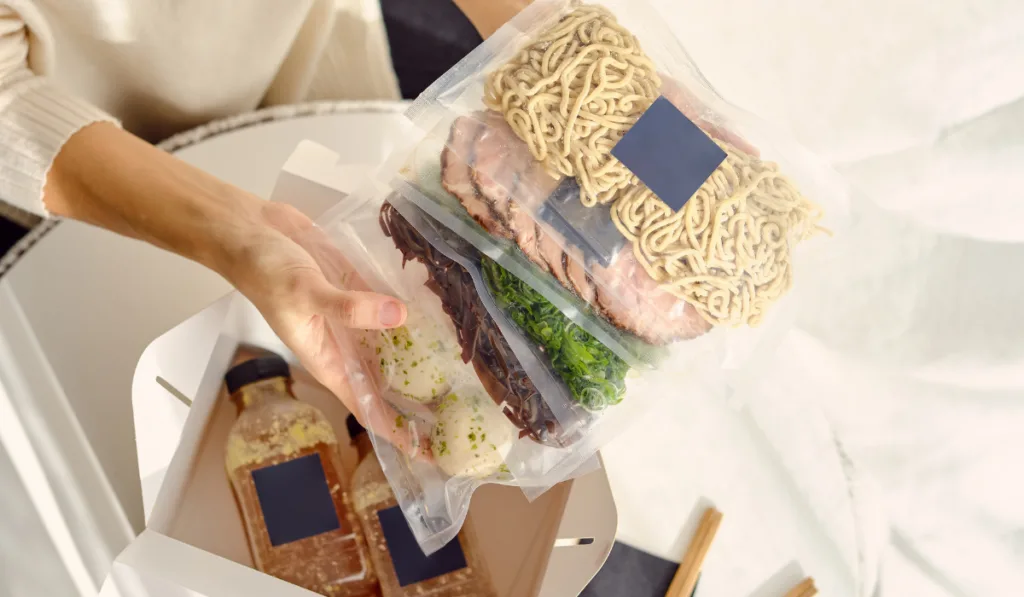
Summary Of The Differences Between Dry Canning And Vacuum Sealing
Both the dry canning and vacuum sealing food storage methods have relevance, but the best solution for you to preserve surplus food will largely depend on your circumstances, space, availability, and preferences.
You may find that a combination of these two preserving methods will be suitable for your situation so that you can take advantage of the pros for each food preserving method.
If you are preserving food in a rural setting, such as living off-grid, dry canning may be the better choice for you unless you have a means of powering the equipment needed for vacuum sealing.
Dry canning for apartment dwellers may take up too much space and be an impractical solution.
For others living in an urban or suburban setting, your choice would largely be personal preference and depend on your storage needs and long-term food availability planning.
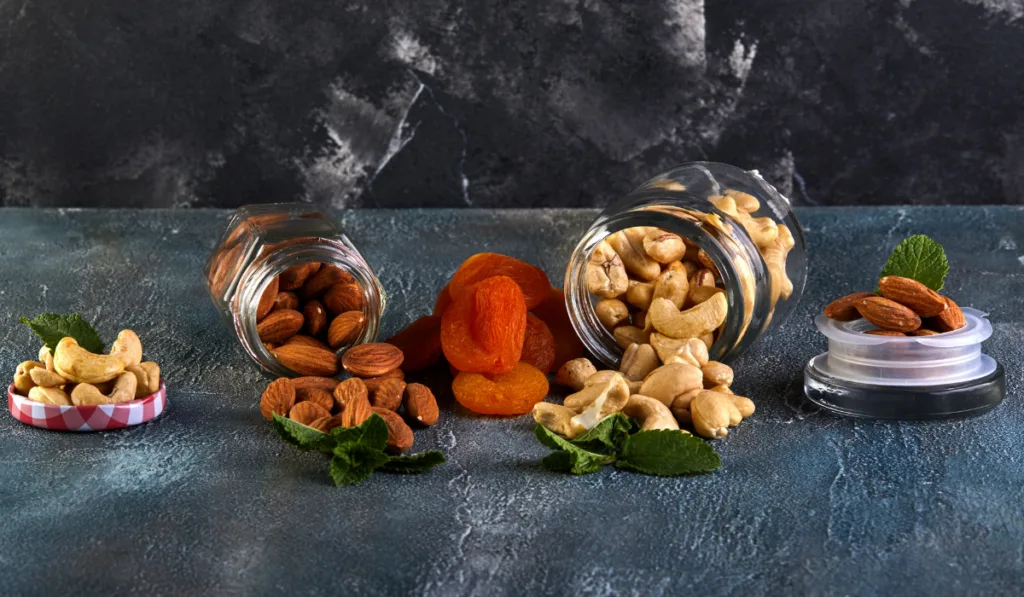
Vacuum sealing is an ideal method of prepping if you are an apartment-dwelling person who would like to invest in their longer-term food security to cater for urban food shortages and breaks in the food supply chain.
The multi-uses of the vacuum sealing machine may be an important consideration for you since it can be used to store items other than food and increase their lifespan for prepping storage or for emergency use.
Vacuum sealing is a good solution for anything that you need to protect from getting wet or damaged by high humidity. Vacuum seal and protect items such as important documents in storage, and keep items like emergency kits, candles and matches, and any other items in your bug-out bag safe.
Conclusion
Extending the shelf-life of your surplus produce is something that can be done using various food preservation methods.
Saving money and time by buying food in bulk and preserving these items in your own kitchen by dry canning or vacuum sealing your food is a great way to cut down on the monthly food bills and stop food wastage in your home.
Resources
- https://www.newlifeonahomestead.com/oven-dry-canning/
- https://commonsensehome.com/vacuum-sealers/
- https://vacuumsealersexpert.com/vacuum-sealing-canning-differ/
